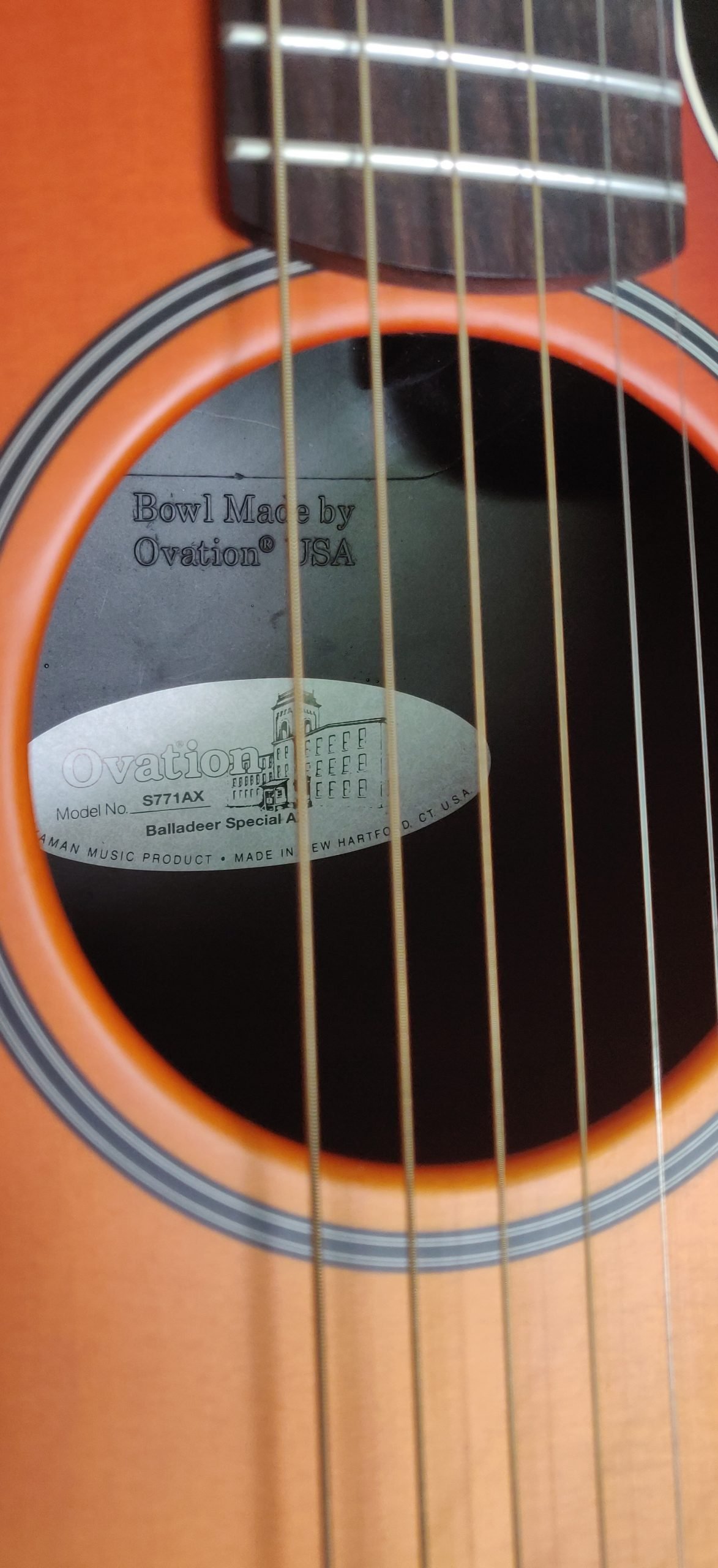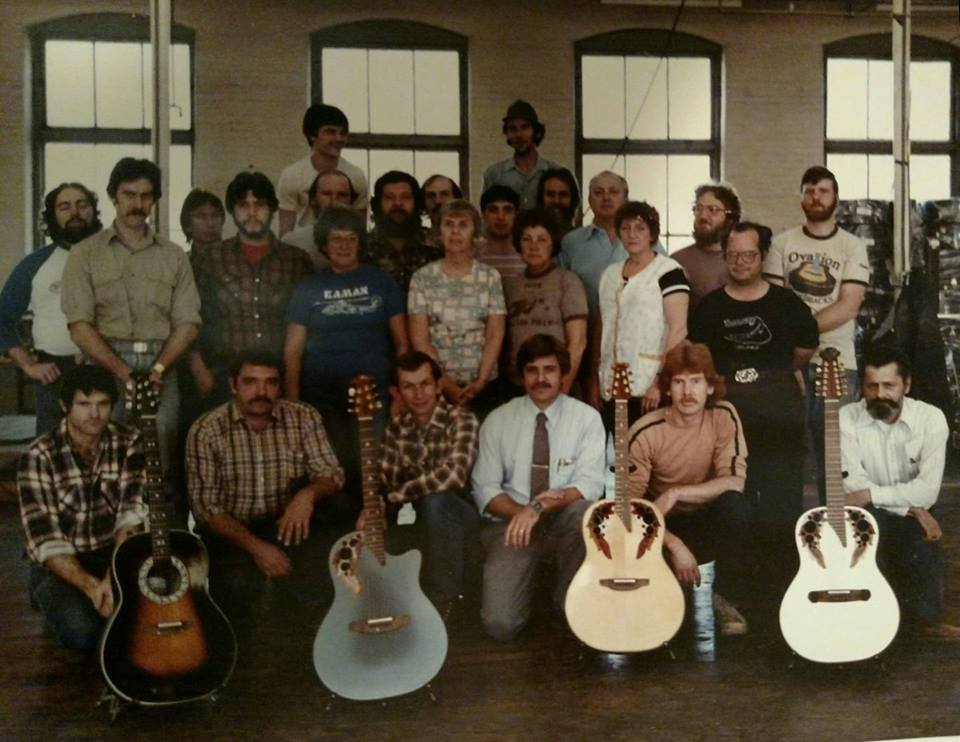

The R&D team spent months building and testing prototype instruments. Kaman founded Ovation Instruments, and in 1965 its engineers and luthiers (guitar makers) worked to improve acoustic guitars by changing their conventional materials. One of these was Charles McDonough, who created the Ovation Adamas model. For the project, Kaman chose a small team of aerospace engineers and technicians, several of whom were woodworking hobbyists as well. Research and development of first models įiberglass round-back body (medium-depth) of Ovation Balladeer (1968)Ĭharles Kaman put a team of employees to work to invent a new guitar in 1964. production of Ovation and Adamas guitars, basses, ukuleles and mandolins. In addition to the Ovation brand, Drum Workshop also bought the New Hartford factory and reinstated the previously ceased U.S. The announcement was made on January 7, 2015. Shortly after closing the New Hartford factory it was announced that the Ovation brand had been sold to the company Drum Workshop, alongside a few other previously Fender-owned brands. production of other Fender-owned brands in that factory, as is known, Guild ( Guild Guitar Company) and Fender. Alongside Ovation and Adamas guitars, which were produced there for decades, Fender started a U.S.

production of various acoustic guitars in the New Hartford factory. Before that announcement, Fender established a U.S. In 2014, Fender announced that they were closing the Ovation guitar factory in New Hartford, Connecticut, leaving all production of Ovation guitars overseas. In 2008, KMCMusicorp (and with that the Ovation brand) was sold to the Fender Musical Instruments Corporation. įrom 1966 to 2007, Ovation guitars, and later on Adamas guitars, were a brand of KMCMusicorp, which itself was a subsidiary of Kaman Aircraft. Charles Kaman, still an avid guitar player, became interested in making guitars. In the early 1960s, however, financial problems from the failure of their commercial flight division forced them to expand into new markets, such as entertainment and leisure. The Kaman Corporation soon diversified, branching into nuclear weapons testing, commercial helicopter flight, development and testing of chemicals, and helicopter bearings production.

Eventually, he founded a helicopter design company, Kaman Aircraft, in 1945. Kaman, an amateur guitarist from an early age, worked on helicopter design as an aerodynamicist at United. Having said this, there are a lot worse guitars out there, and as well as being historically important, the 1820 bass can certainly provide the goods when required.A mid-1970s Kaman Ovation Custom Balladeer 1612-4 acoustic electric guitar, next to a luteįounder Charles Kaman (1919–2011) developed the first prototypes of the Ovation guitar in 1965–1966. Over the course of the 70s, the Japanese output improved dramatically, and in many ways these early 70s models are a low point for the brand. These new Epiphones were based on existing Matsumoku guitars, sharing body shapes, and hardware, but the Epiphone line was somewhat upgraded, with inlaid logos and a 2x2 peghead configuration. The Matsumoku factory had been producing guitars for export for some time, but the 1820 bass (alongside a number of guitar models and the 5120 electric acoustic bass) were the first Epiphone models to be made there. By the end of the 1960s, a decision had been made to move Epiphone guitar production from the USA (at the Kalamazoo plant where Gibson guitars were made), to Matsumoto in Japan, creating a line of guitars and basses significantly less expensive than the USA-built models (actually less than half the price).


 0 kommentar(er)
0 kommentar(er)
